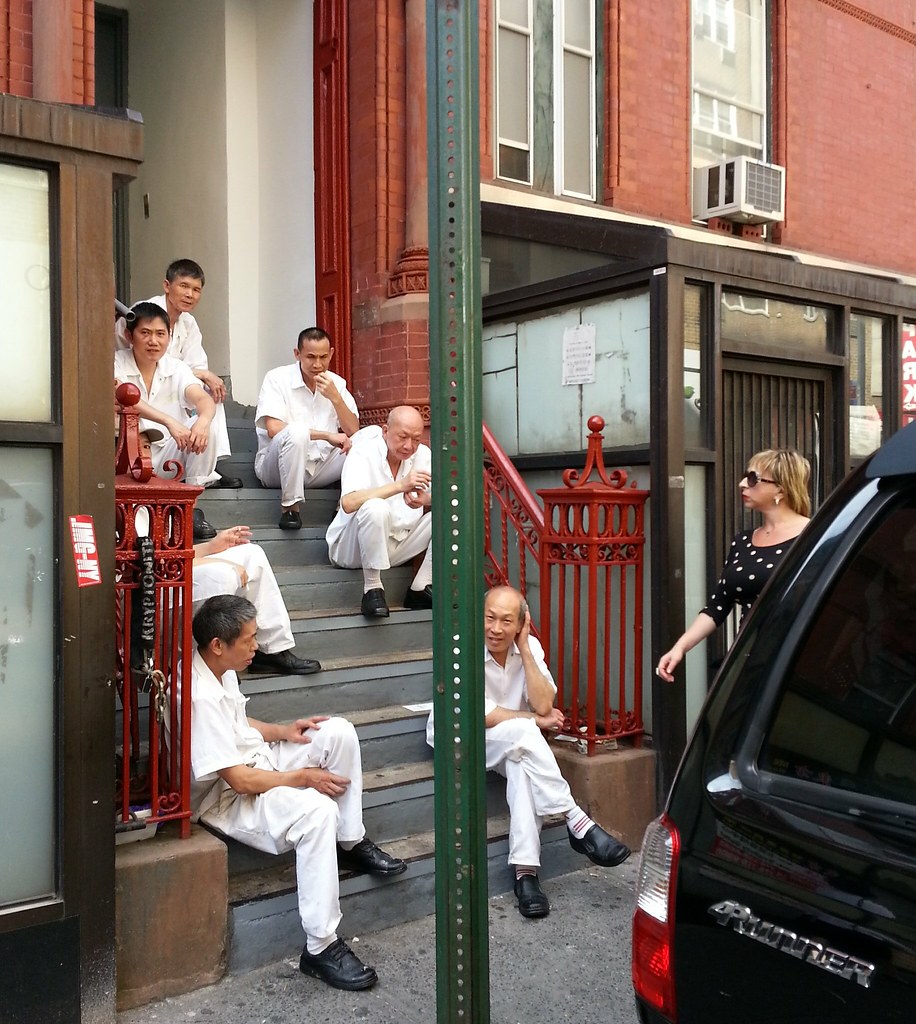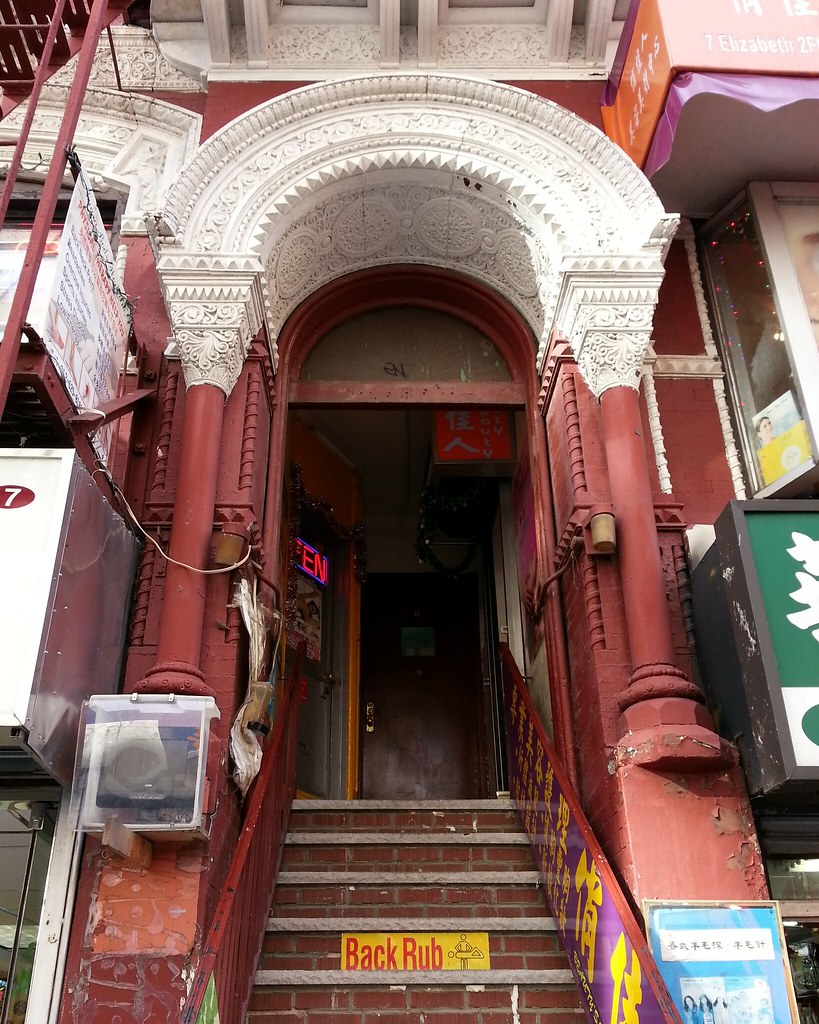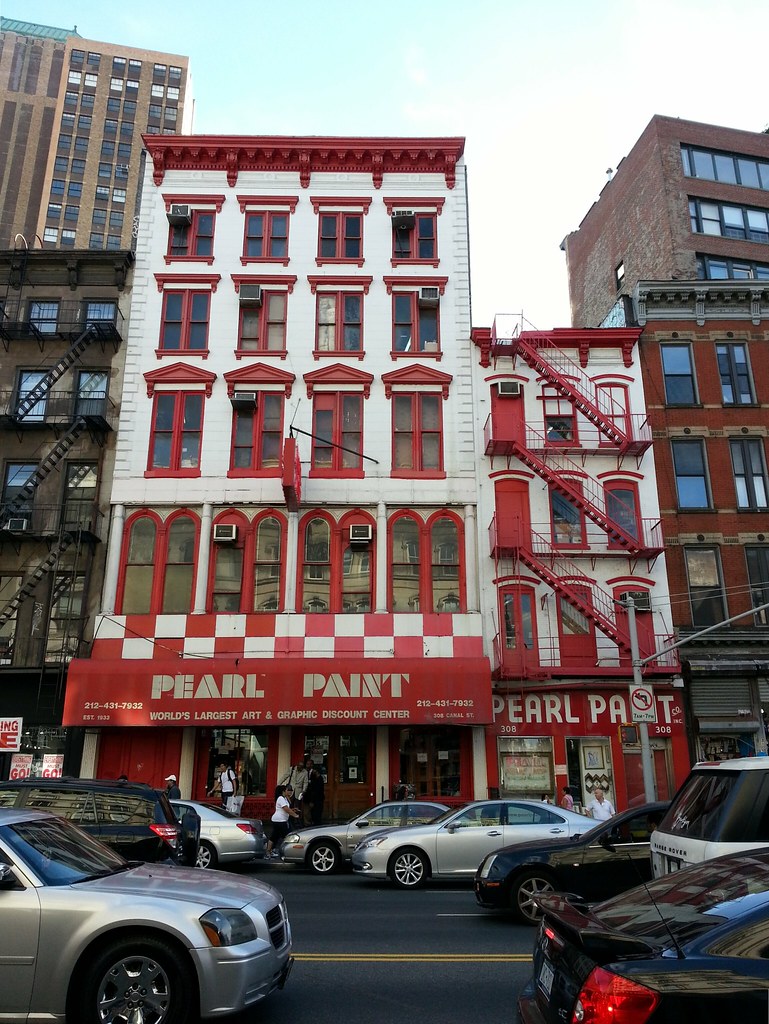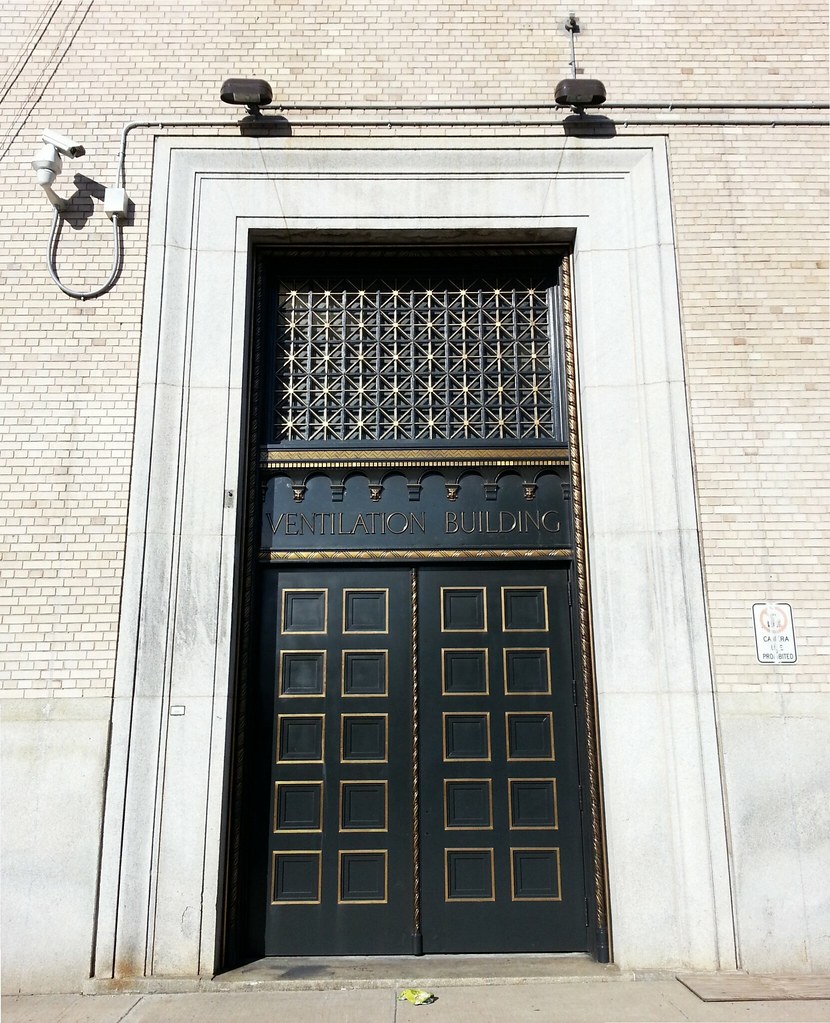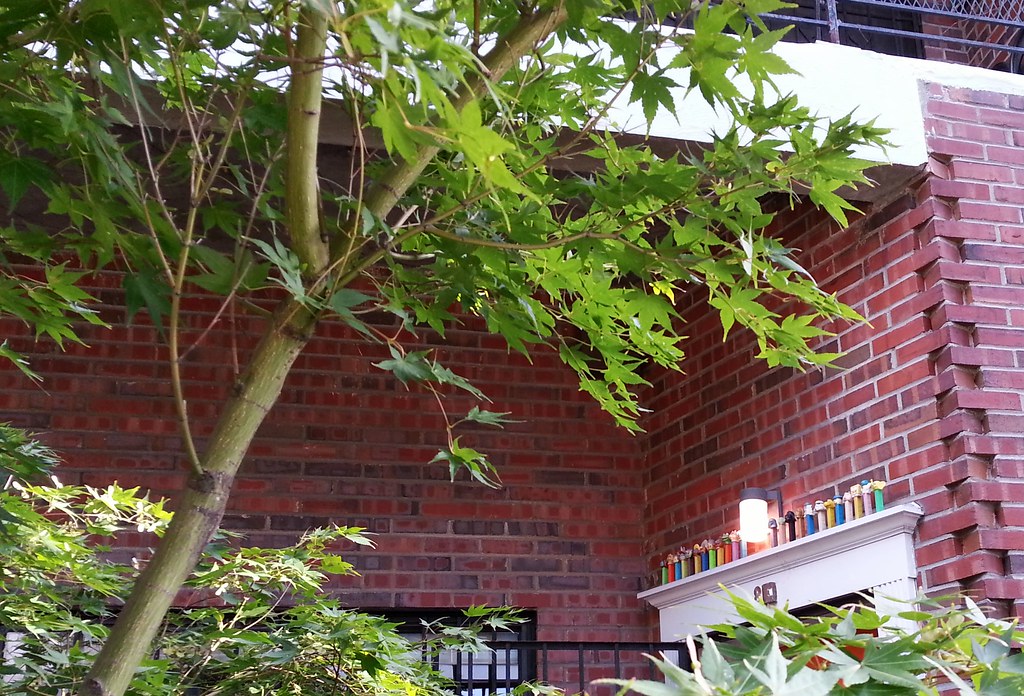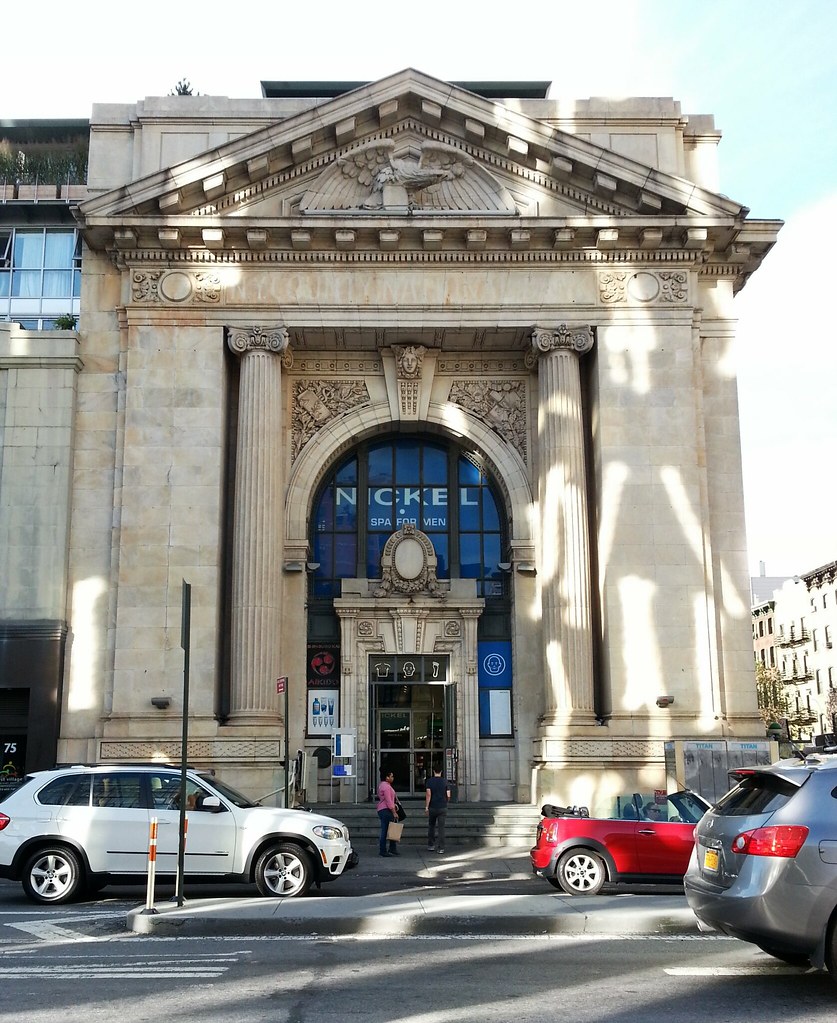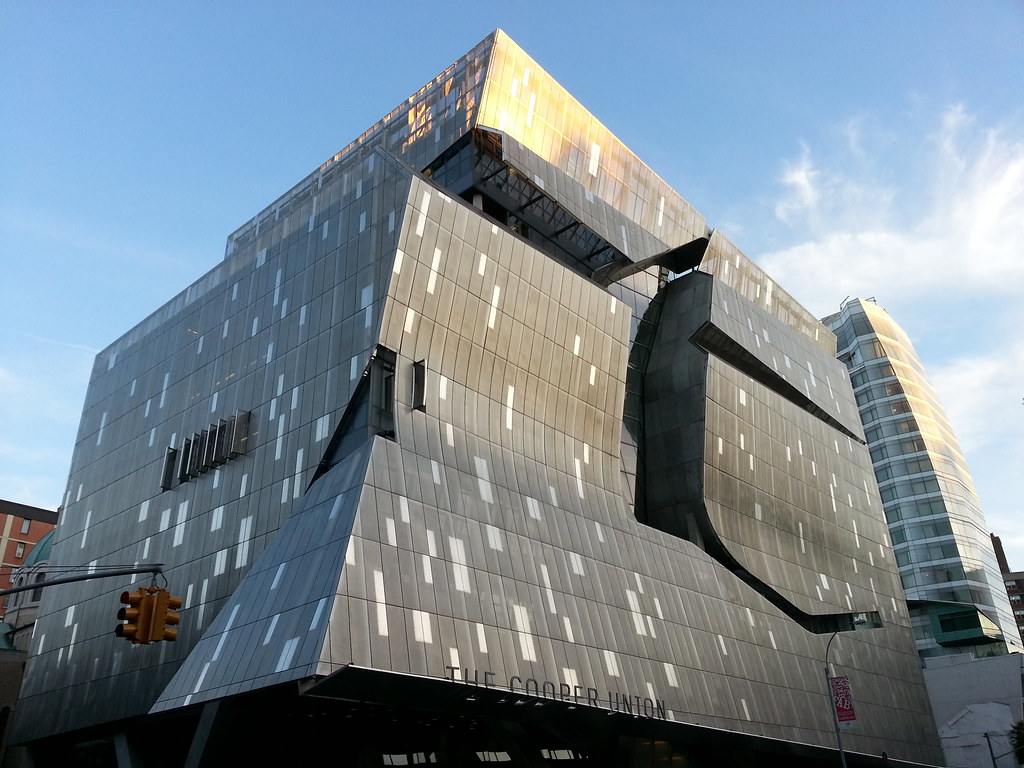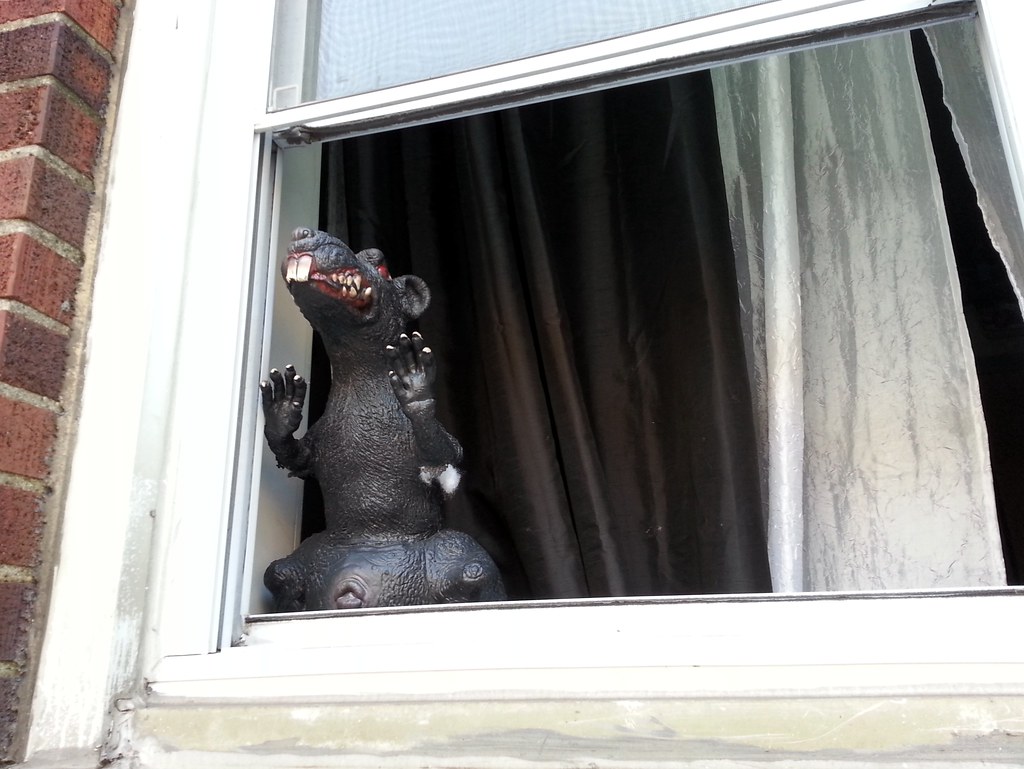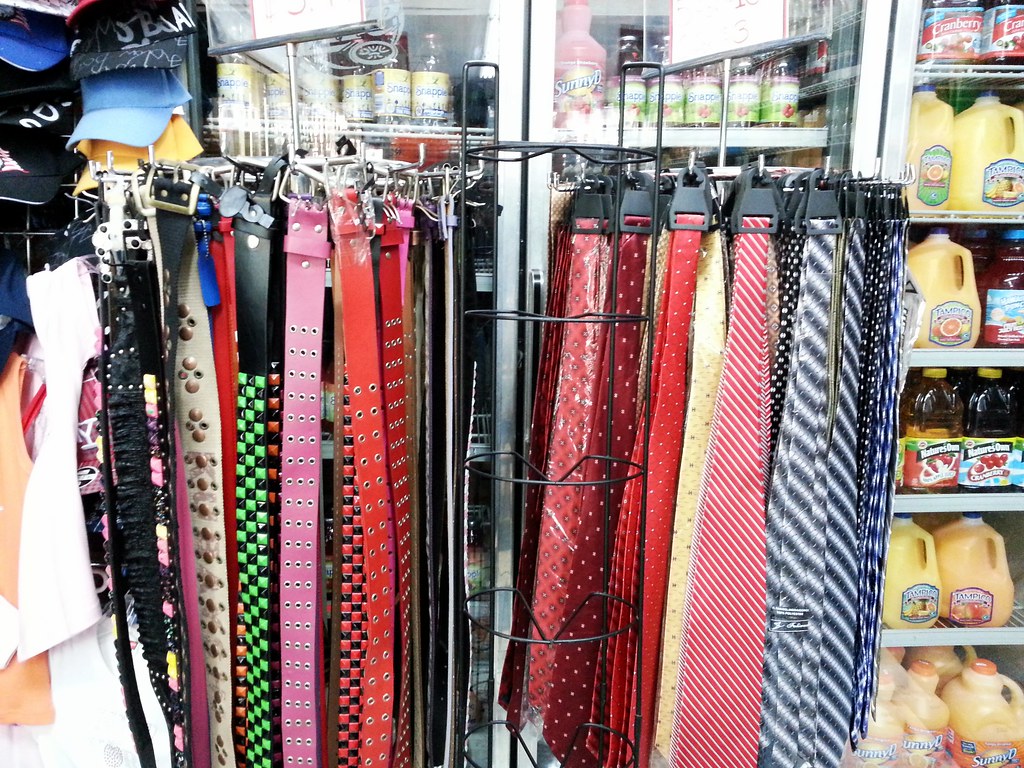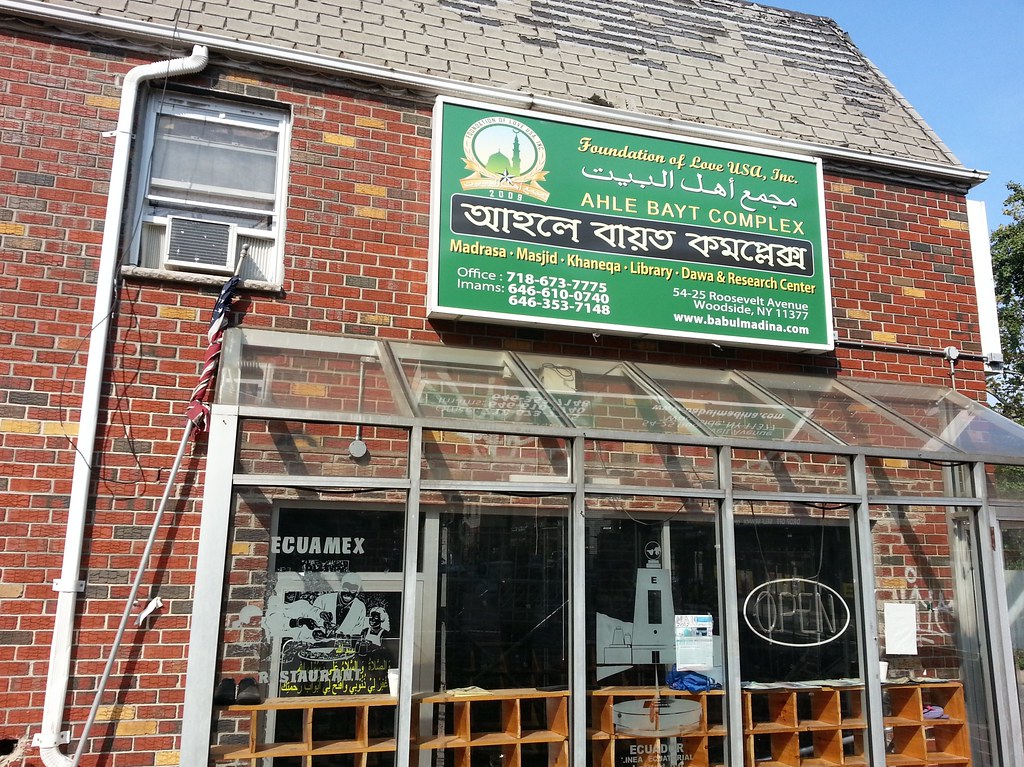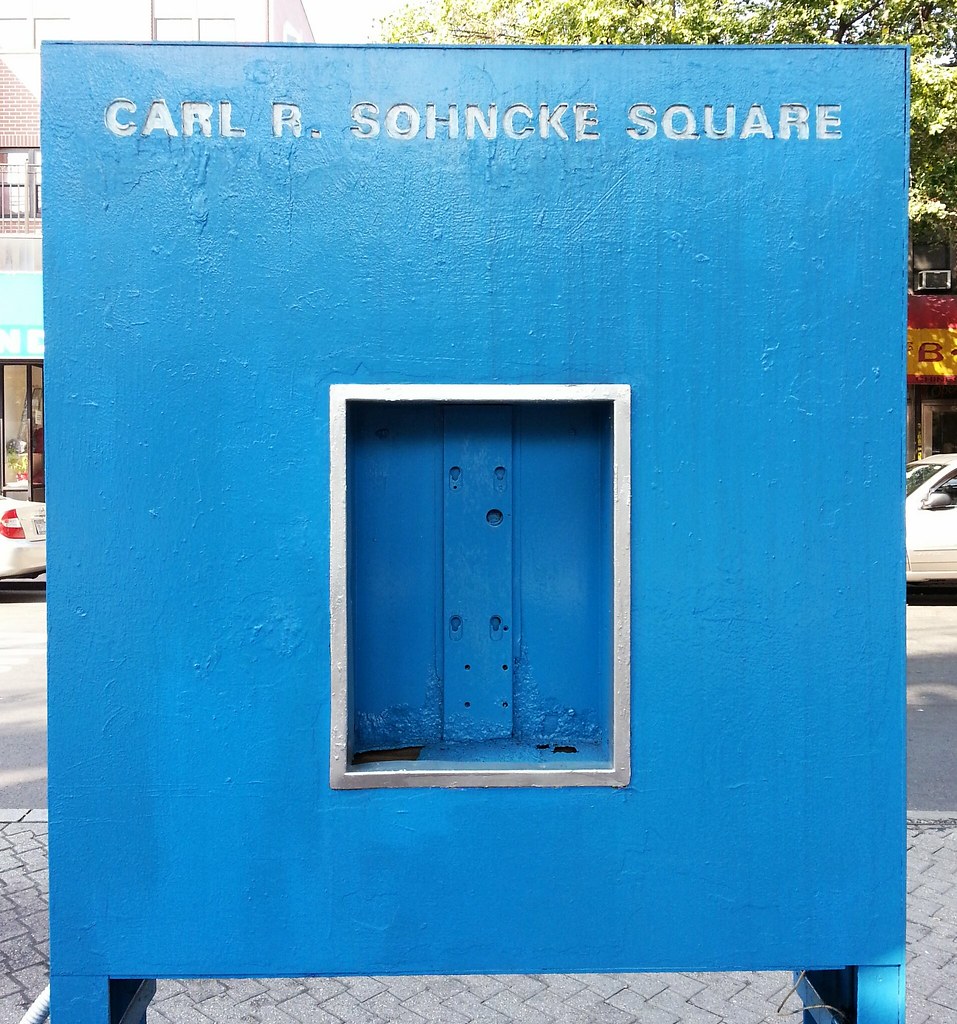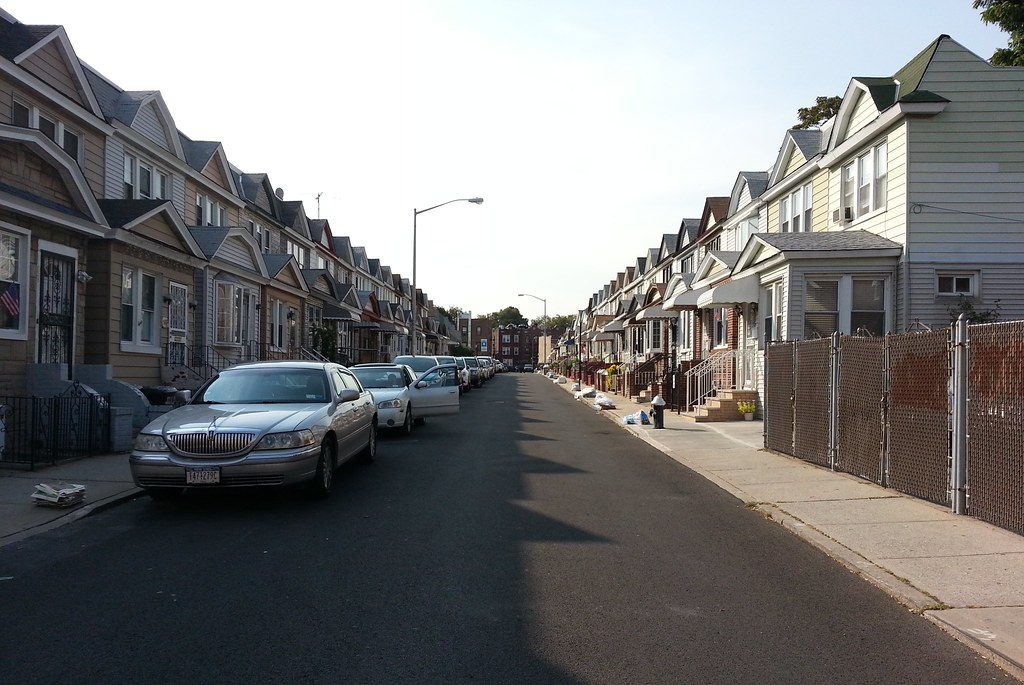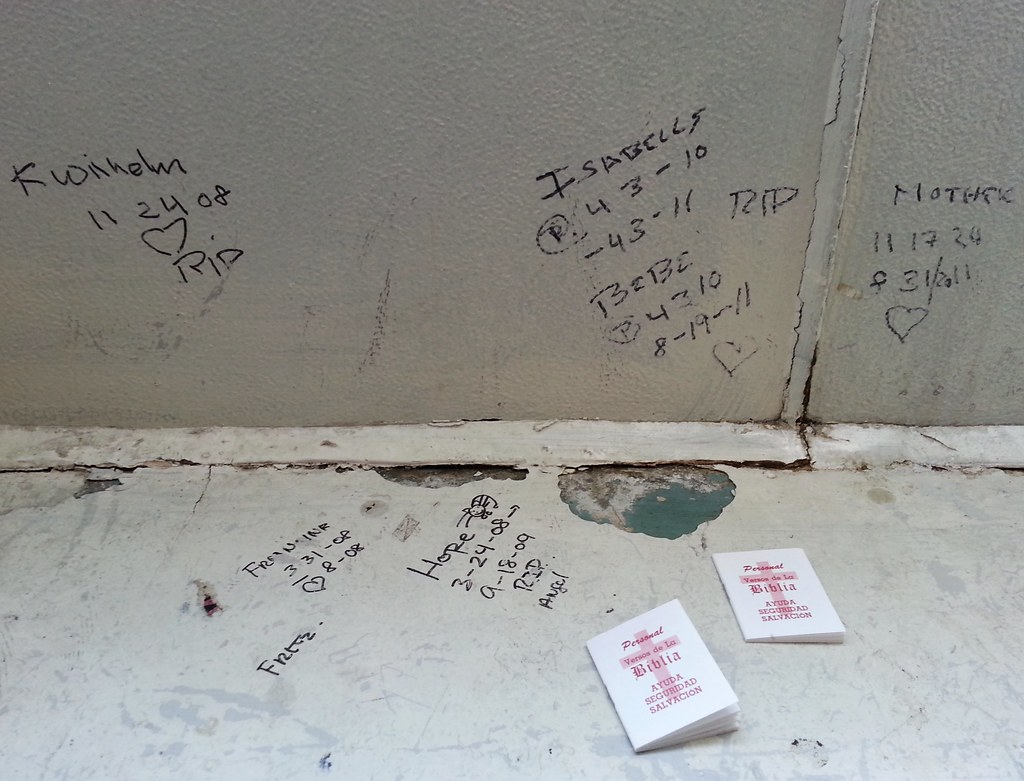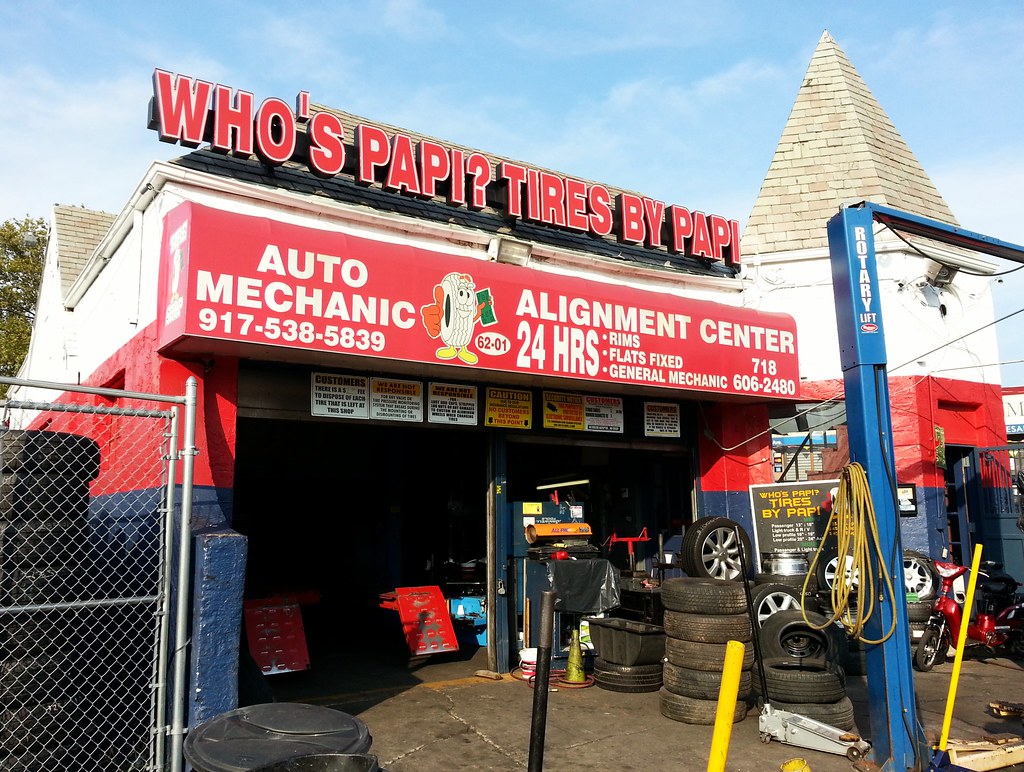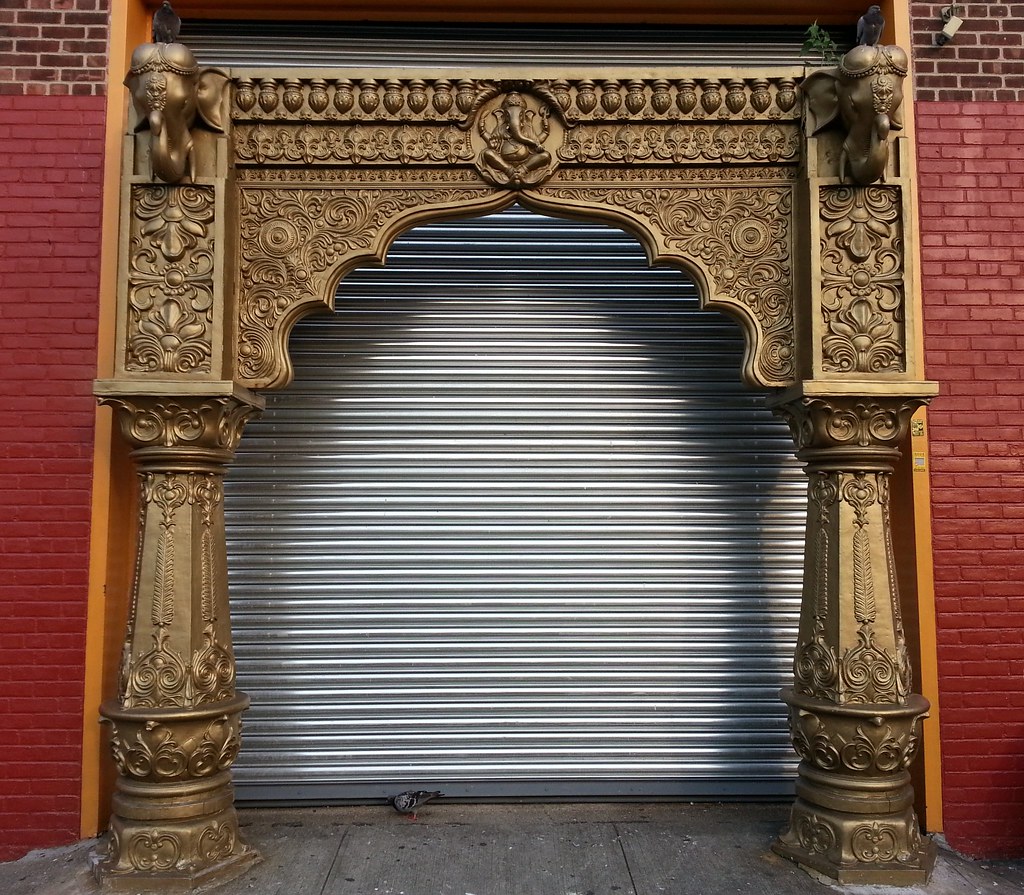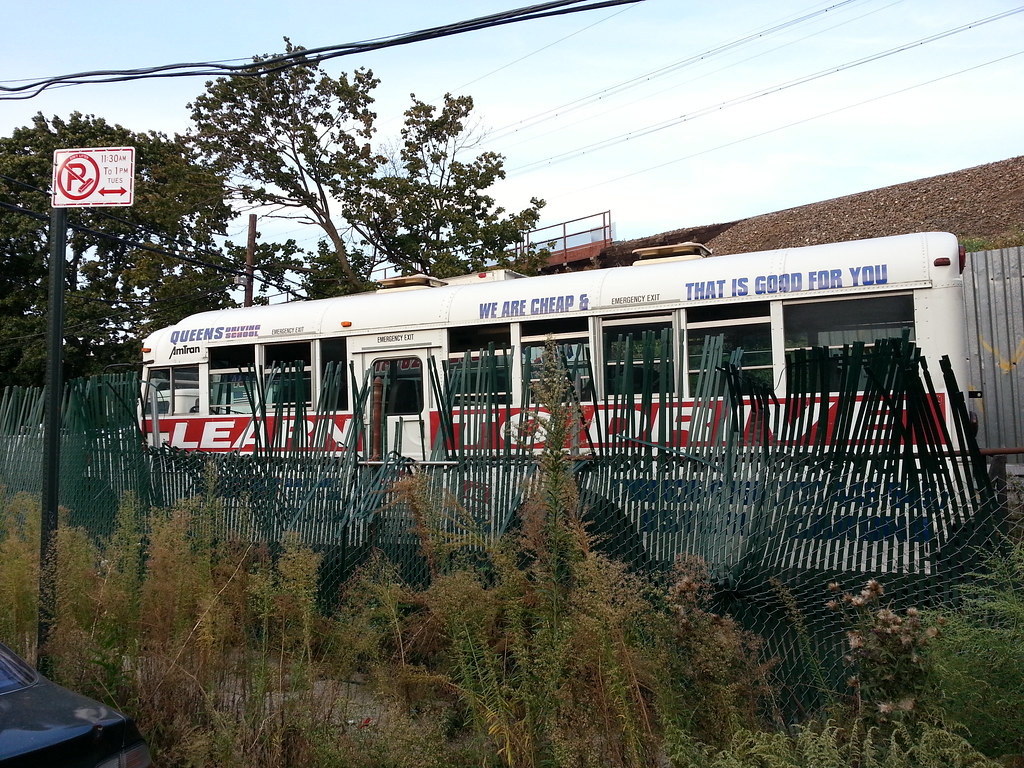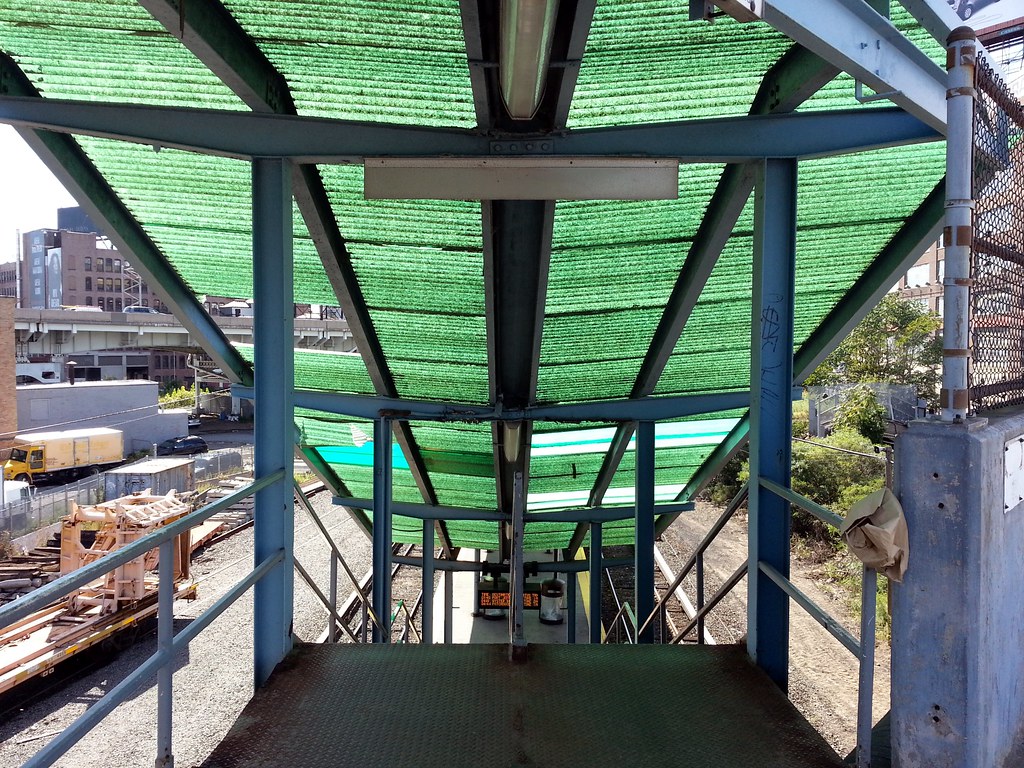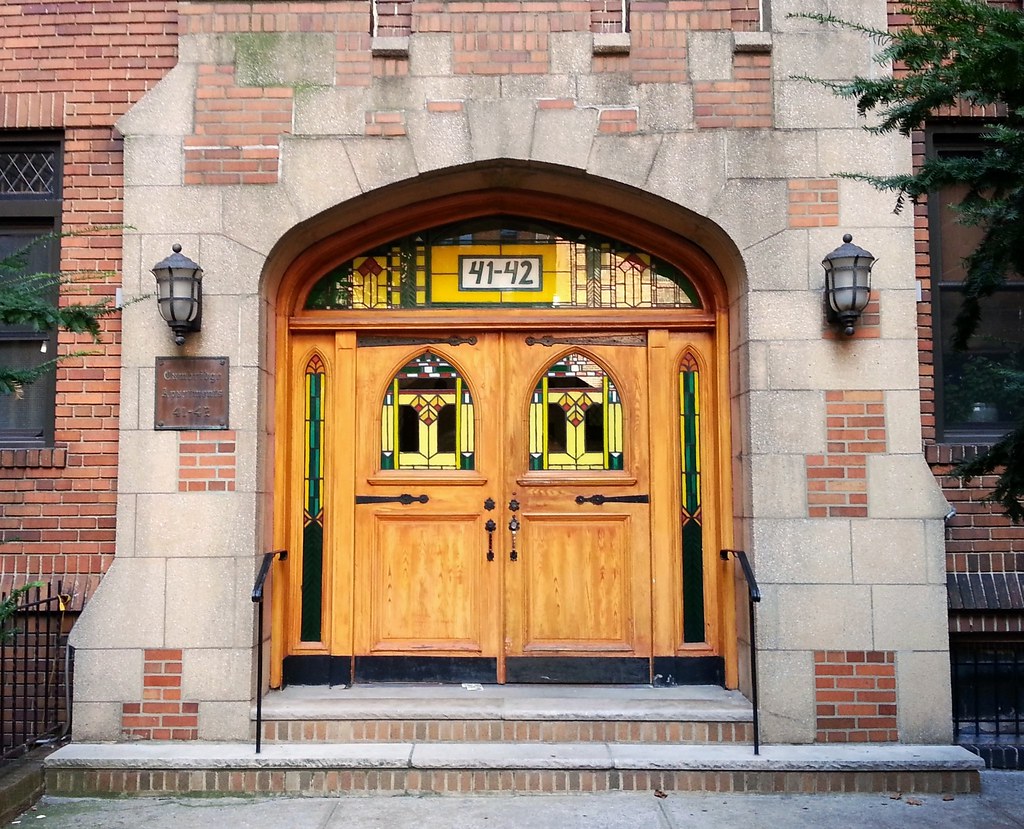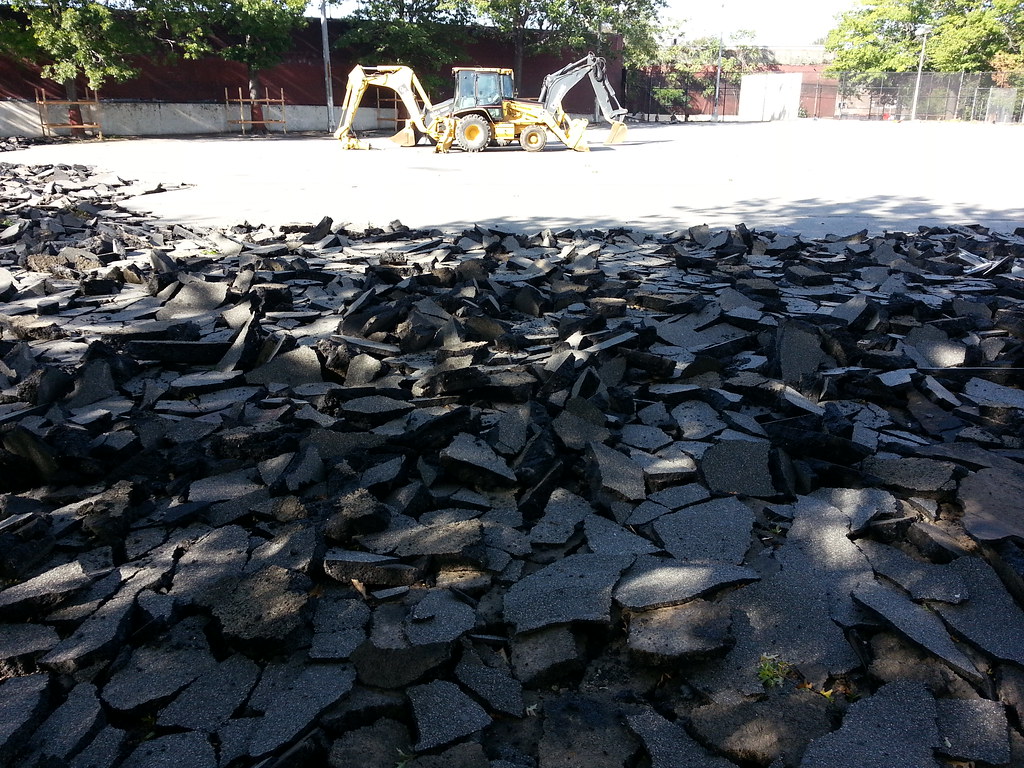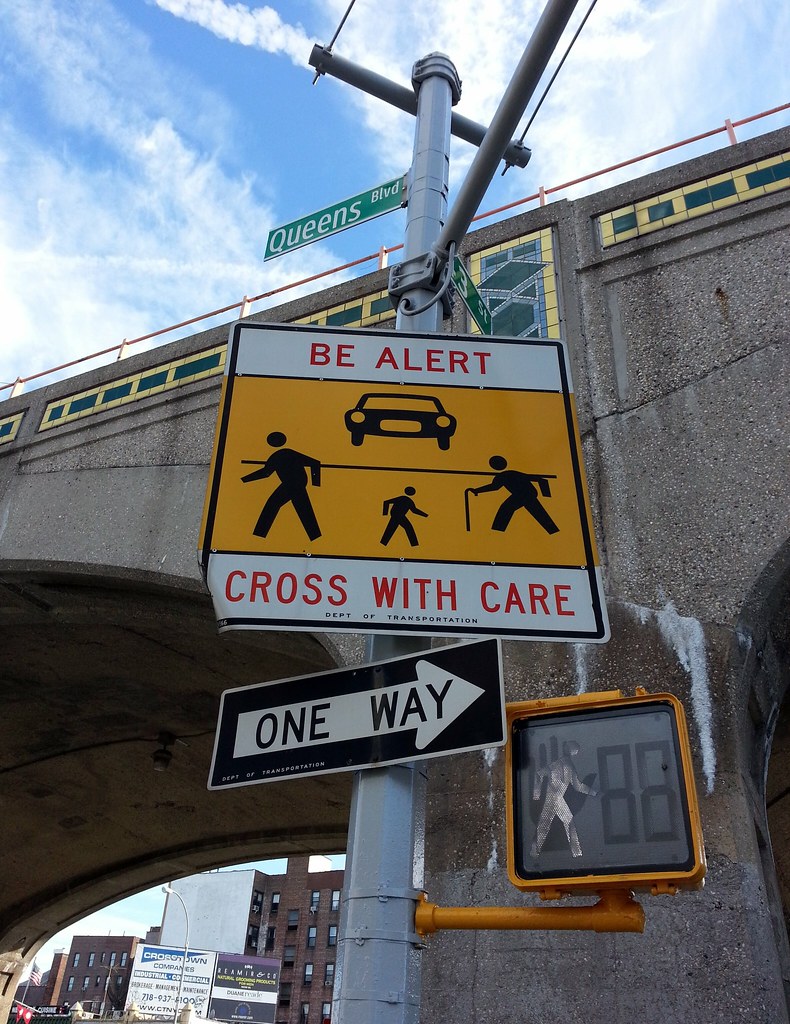
to the former Bowery Savings Bank, with some dragon fruit on sale in the foreground

Inside lies this escalator, which leads to this dining room. Welcome to Jing Fong.
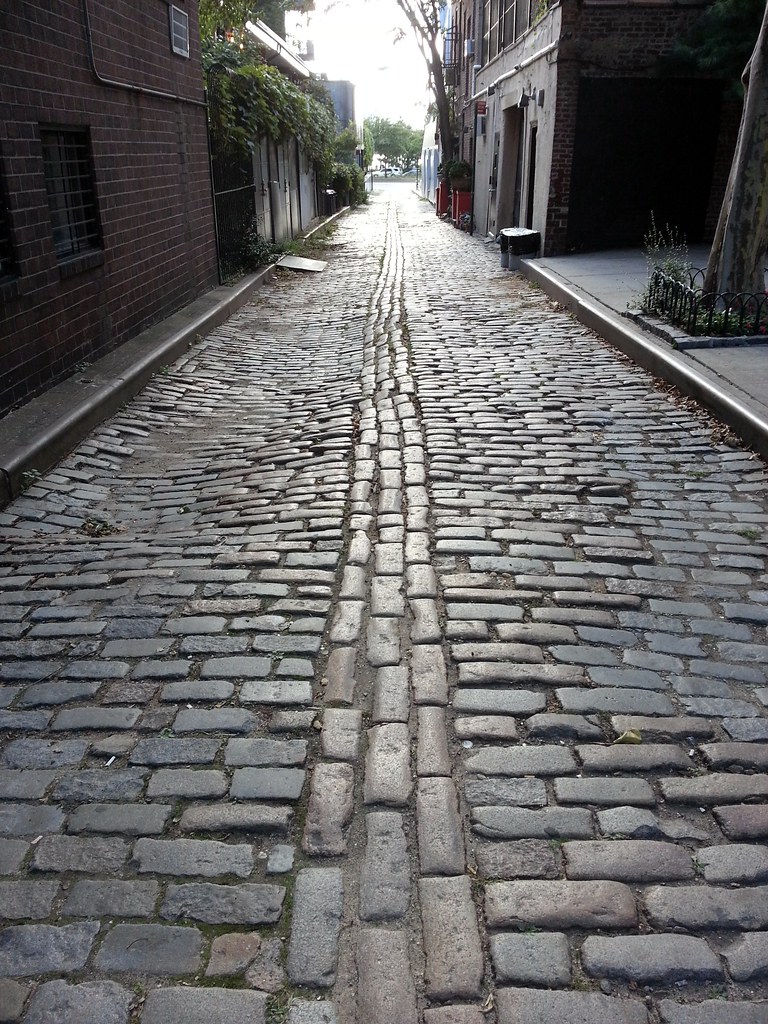
is what Charles Lane was known as in the mid-19th century, when it supposedly served as a staging area for hogs and other animals awaiting their demise at the nearby slaughterhouses on West Street. This narrow, block-long passage originally came into being with the construction of Newgate Prison; it ran outside the northern wall of that institution, which opened in 1797 as New York State's first penitentiary.
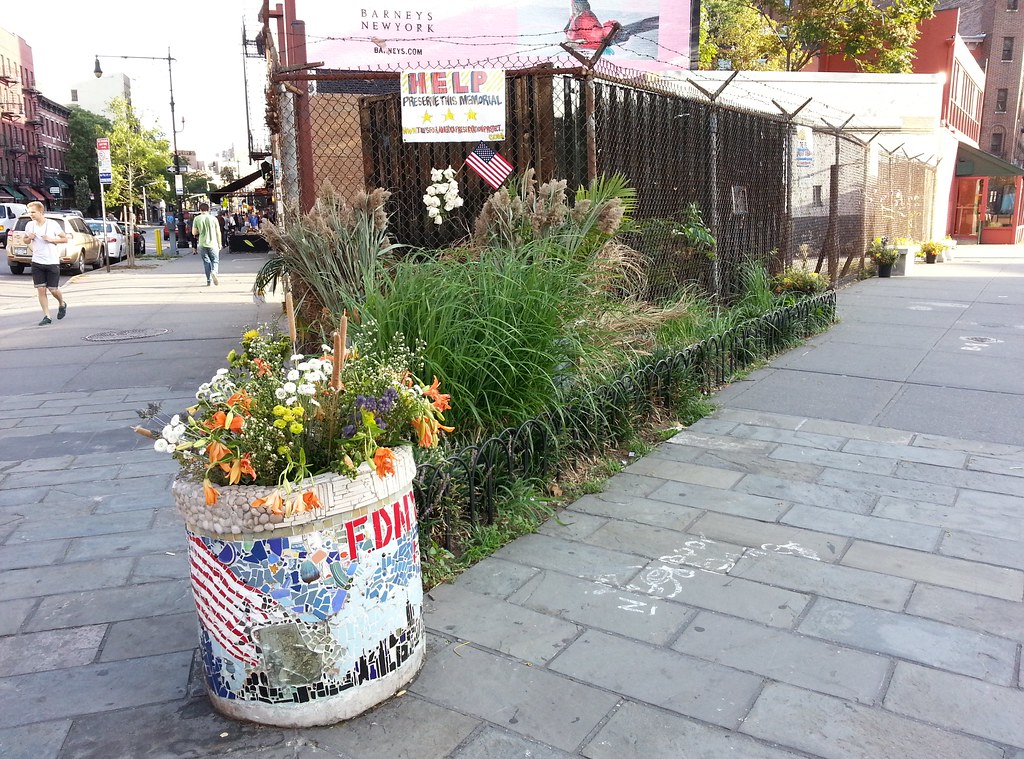
As planned, the tiles have been removed, but Jim Power's 9/11 planter is still hanging around.

The tiles may be gone, but there are still a handful of love locks clinging to the fence.
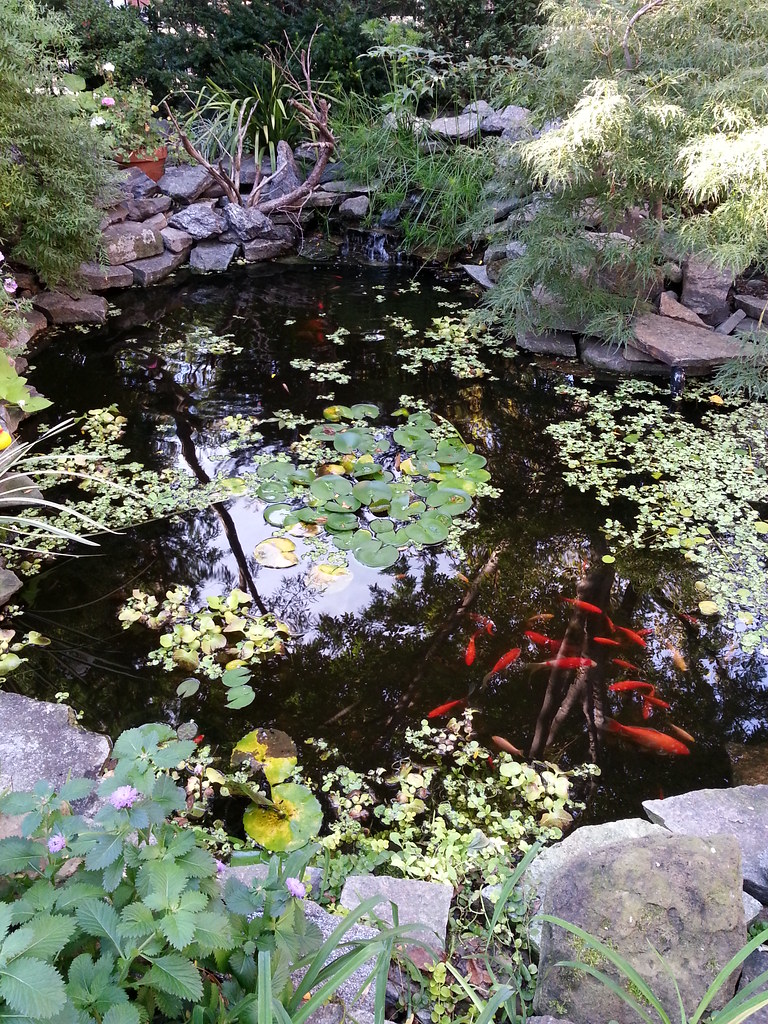
Occupying the former site of a food market and two different jails, this garden lies in the shadow of the Jefferson Market Courthouse, "a delicious fantasy of turrets, gables, lookouts and stone carving" that the NY Times called "a jewel in a swine’s snout" when it was built in 1877 amidst the otherwise shabby dwellings of Greenwich Village.
The courthouse was considered by many 19th-century architects to be one of the most beautiful buildings in the entire country (photos here), but by the mid-1900s it had been abandoned and in 1958 was slated to be auctioned off to a private developer. It became the focus of New York's first major battle for historic preservation, and its advocates were successful in saving the structure and putting it back into use, this time as a rather magnificent branch of the New York Public Library, a role it serves to this day.
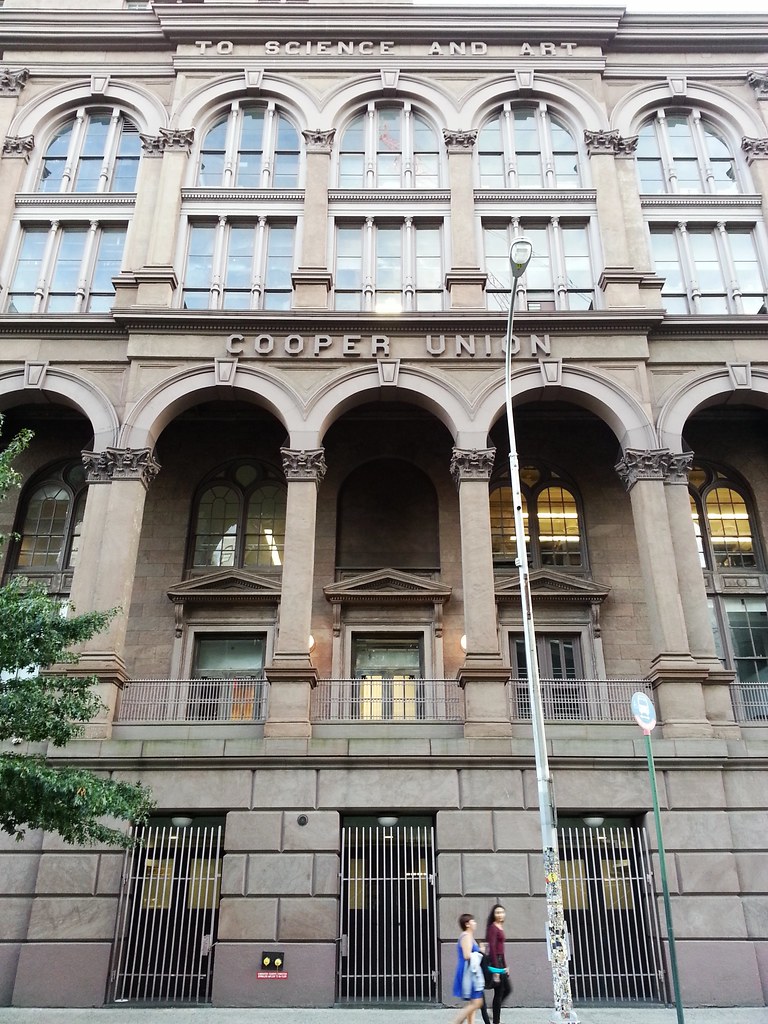
One of the nation's most selective colleges, Cooper Union offers a full scholarship to every student it admits.
(That's a Jim Power lamppost in front of the building.)

The founder of Cooper Union, Peter Cooper was an extremely successful inventor (his creations ranged from America's first steam locomotive to an early version of Jell-O) and entrepreneur (we saw the site of one of his glue factories covered in snow back in January), a beloved philanthropist, and the cultivator of one of history's great beards.
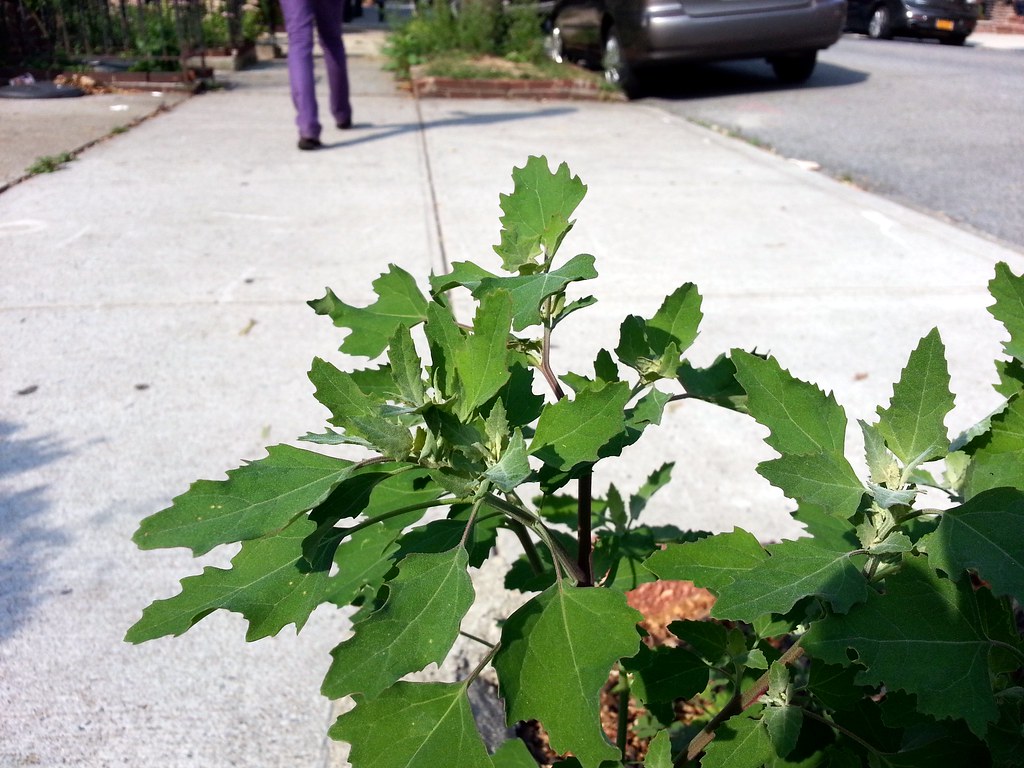
Much like purslane, lamb's quarters is a delicious, nutritious weed you can find growing in dog-pee zones all across the city.

This used to be the Loew's Woodside until they chopped off the old theater entrance and replaced it with a new churchy-looking one. Here's a shot of the crowd watching that 2008 classic, Christmas Midnight Mass.
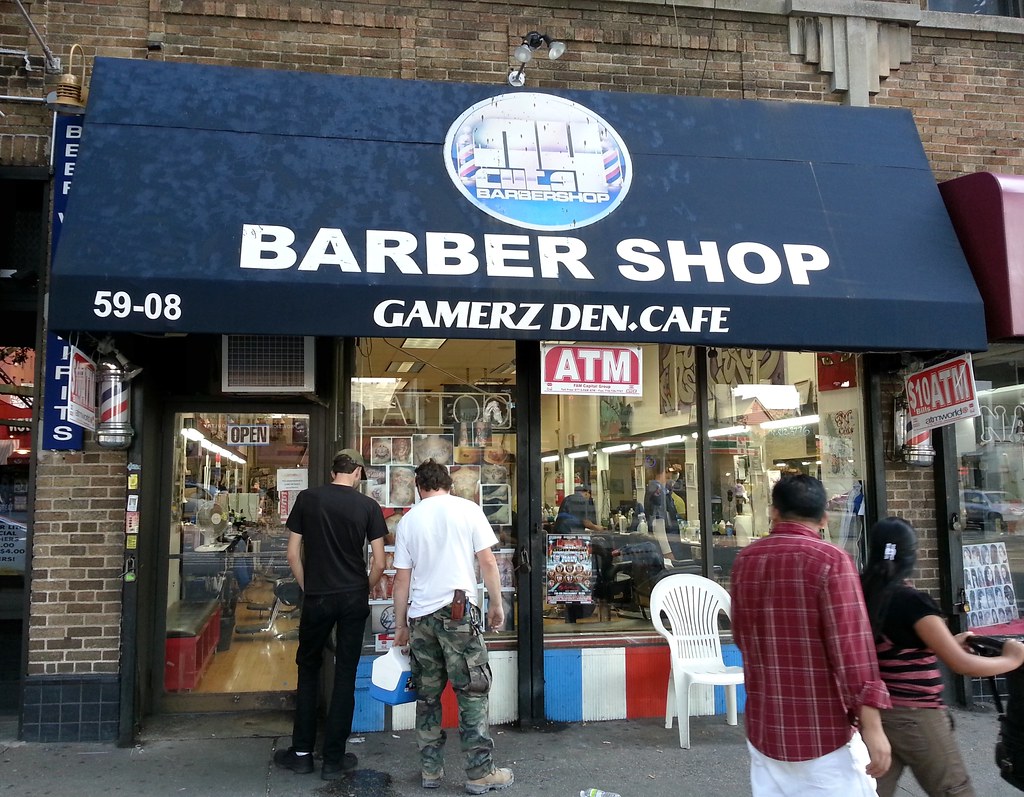
This one was a tough call, but I ultimately decided that the z-in-lieu-of-an-s does not have a strong enough connection to the barbershop part of the business to count in the series.
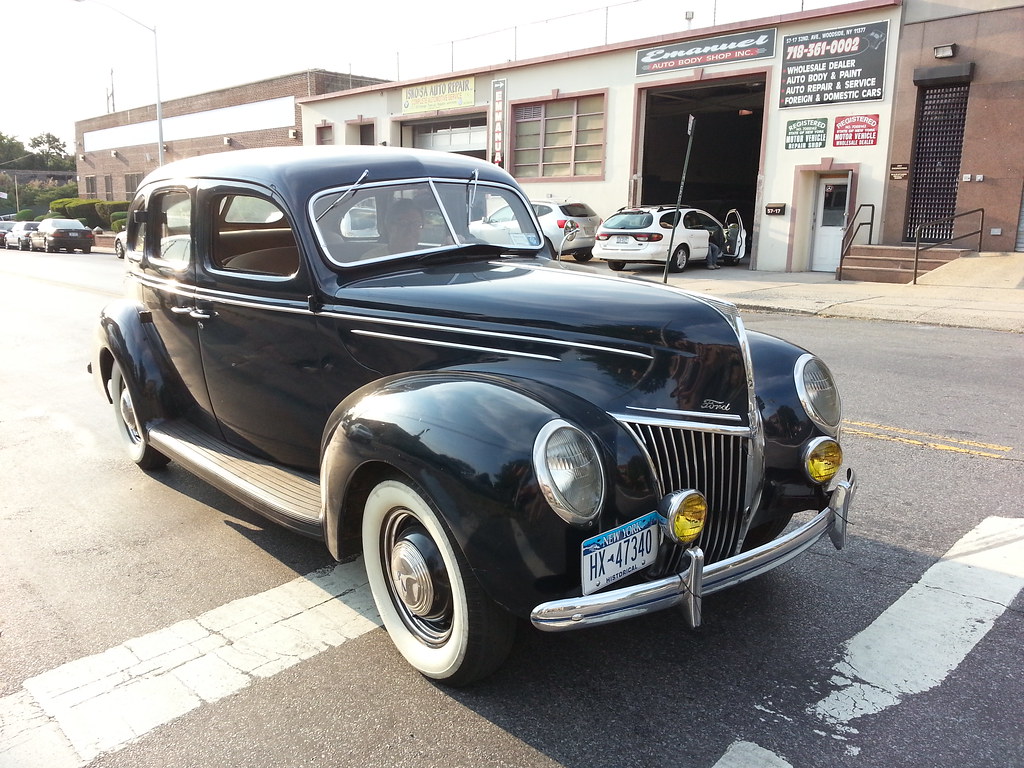
This guy was just cruising around the neighborhood today; I crossed paths with him more than once. He's lucky he wasn't on South Chicago Avenue.
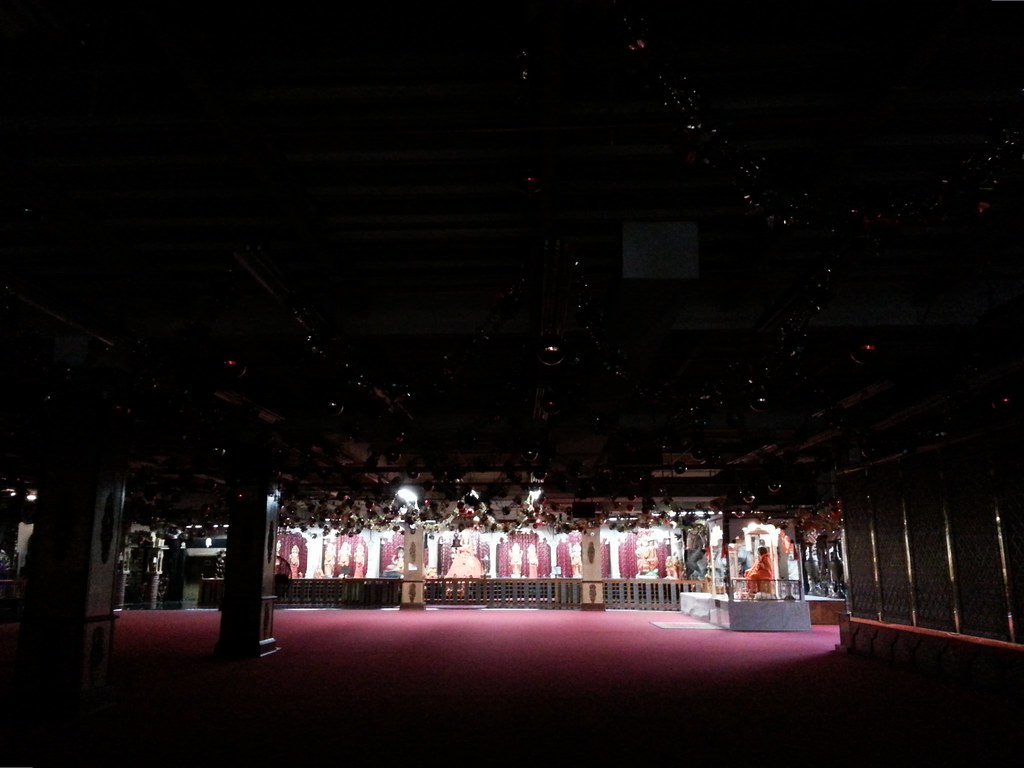
Located in a former electronics factory, this "vast temple complex and living-history museum" is lined with beautiful, ornate shrines to various Hindu deities. It was founded by Swami Jagdishwaranand, who also established the Geeta Temple, which we happened upon back in April. You can see more photos on the temple's website; here's a video of the Navaratri festivities in 2009.
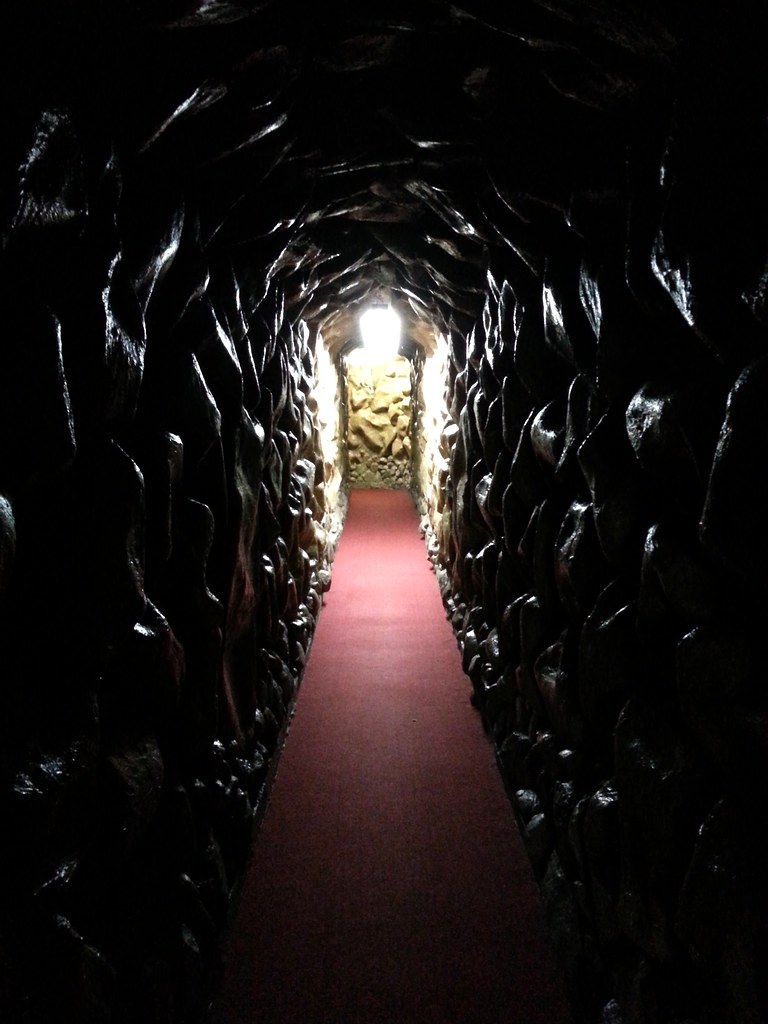
Contained within is a shrine to Vaishno Devi, where an eternal flame burns. From Swami Jagdishwaranand's obituary in the NY Times:
In 1996, the swami traveled to India to bring back an eternal flame, known as the Divya Jyoti, for the altar of Divya Dham. Visiting 52 sacred sites around the country, he gathered a holy flame from each one into a single light. As no airline would transport the flame, it was carried overland through Central Asia into Western Europe and across the channel to England, where it departed by ship for California.
From there, the Divya Jyoti made its way by car across the United States to Queens, where it was installed at Divya Dham amid great ceremony. Before his trip, the swami had consulted members of the International Olympic Committee on how to keep the flame safe during its arduous journey.

to ease the roaring descent of the River Ganges on its journey from the heavens down to earth. This is one of the museum-like exhibits at Divya Dham; take a closer look at the creatures inhabiting this region of the Himalayas.

Standing water and the various chemicals contained therein have eaten away the asphalt at the end of this Hunters Point driveway and exposed the old Belgian blocks lying beneath.
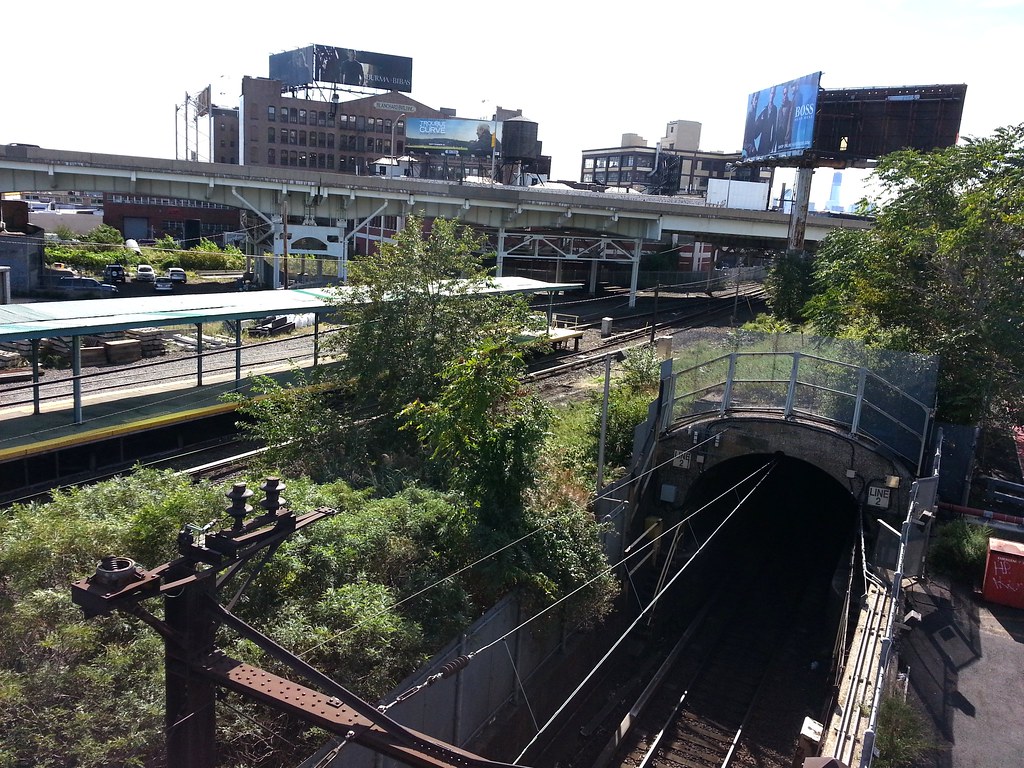
The elevated roadway running across the photo is the Long Island Expressway. The little platform in front of it is the lightly used Hunterspoint Avenue LIRR station. The tunnel in the foreground is one of four that carry LIRR, Amtrak, and NJ Transit trains beneath the East River between Manhattan and the Harold Interlocking (one of the nation's busiest railway junctions) here in Queens. And visible off in the distance, as it often is these days, is One World Trade Center.
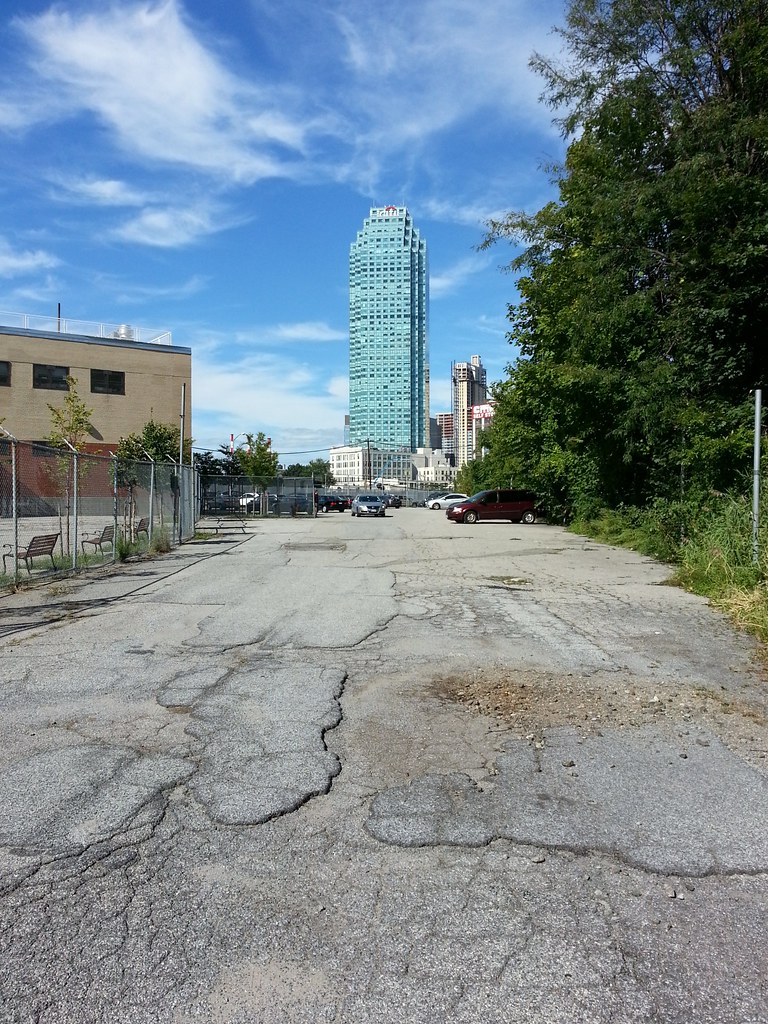
It's been a while since we last crossed paths with the Citicorp Building, New York's tallest building outside of Manhattan.
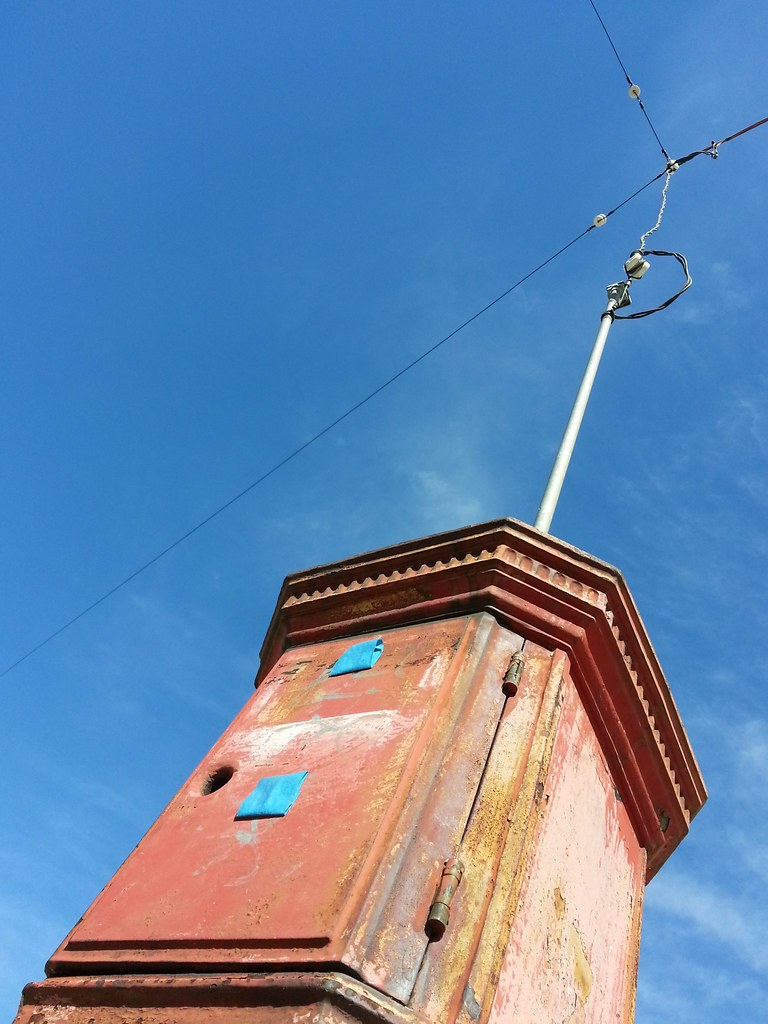
The seemingly tenuous grasp of an old-timey fire alarm call box
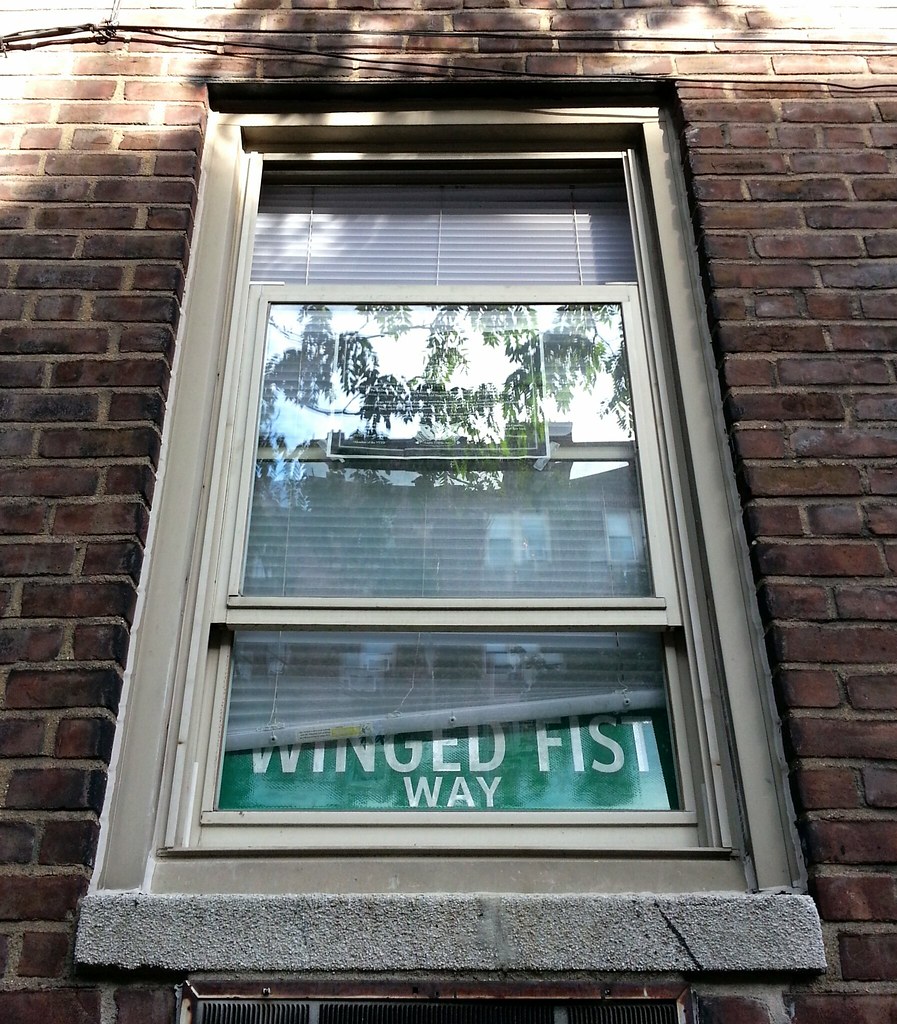
This street renaming honors the Irish American Athletic Club (a.k.a. the Winged Fists), whose members (and former members) brought home more than 50 Olympic medals for the US between 1900 and 1924. The IAAC's ranks, as you might suspect, largely comprised Irish-American athletes (including many of the voracious Irish Whales), but the club was open to men of all ethnicities; John Taylor, the first black Olympic gold medalist, was a member, as were a few Jewish track and field champions.
The IAAC disbanded when the US entered World War I, but their stadium, Celtic Park, stood here in Sunnyside until 1930, when it was demolished to make way for the apartment complex where this sign is now displayed. (This isn't the actual street sign; it's a ceremonial version that was presented to the local historian whose efforts led to the renaming.)

This diagonal block-long street, whose name is a nod to the Irish heritage of many Sunnysiders, is a remnant of a early road that once ran all the way to Bowery Bay.
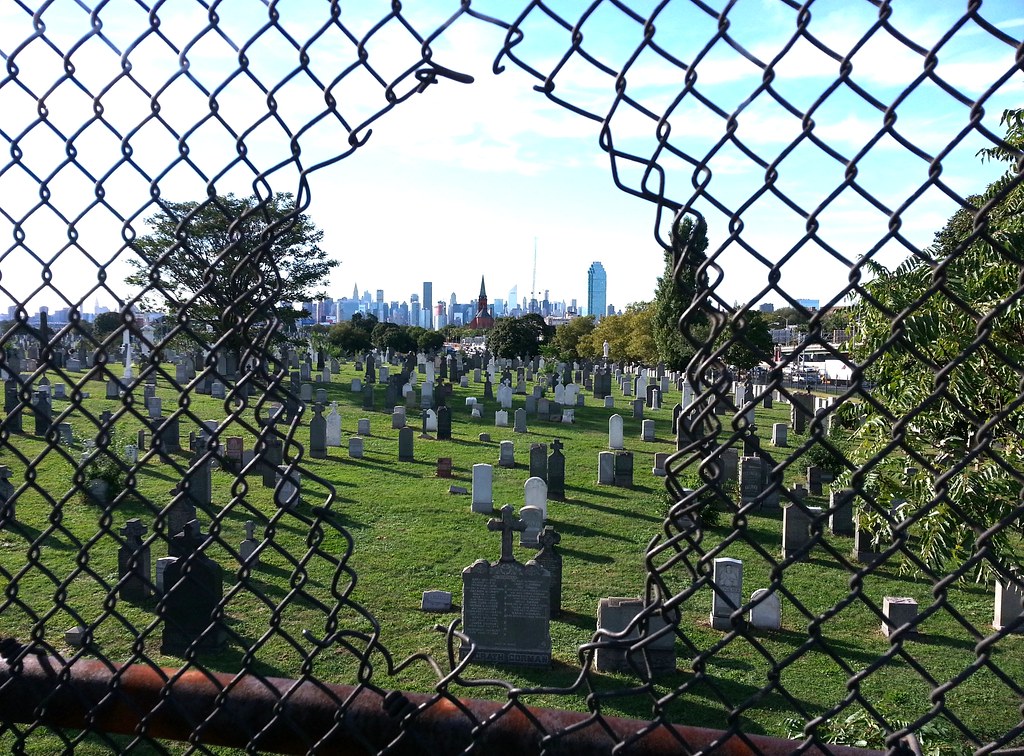
This pedestrian bridge fencing has been modified to provide photographers with an unobstructed view of Old Calvary Cemetery and the Midtown skyline.


